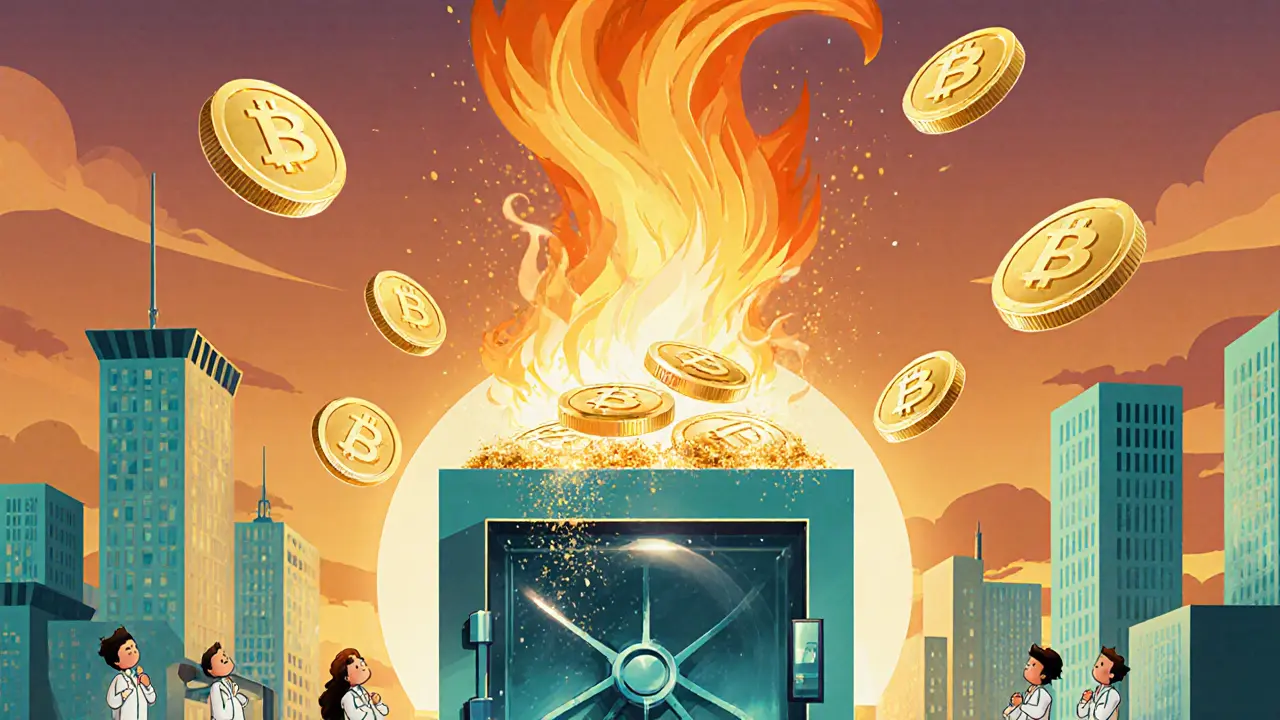Tokenomics: Understanding Token Economics and Real‑World Applications
When working with tokenomics, the study of how a crypto token’s supply, distribution, and incentive mechanisms interact to create value. Also known as token economics, it helps projects design sustainable ecosystems and lets traders evaluate long‑term viability. In the crypto world, airdrop, a free distribution of tokens to existing holders or community members is a common tool that directly shapes a token’s early circulation and community engagement. Meanwhile, wrapped token, a token that represents another asset on a different blockchain, enabling cross‑chain liquidity adds complexity to supply metrics and can affect price stability. Finally, the rise of carbon credit token, a blockchain‑based representation of verified carbon offsets that can be traded like any other crypto asset expands tokenomics into climate finance, linking environmental impact directly to market dynamics. These entities intertwine: a well‑designed airdrop can boost a wrapped token’s adoption, while carbon credit tokens bring new utility and regulatory considerations to the tokenomics landscape.
Key Elements That Drive Token Economics
Tokenomics isn’t just about the number of coins in circulation; it also covers how incentives align users, developers, and investors. First, the total supply and inflation schedule set the backdrop—think of Bitcoin’s capped 21 million versus an inflationary DeFi token that mints rewards each block. Second, distribution mechanisms like an airdrop or private sale dictate who holds the token early on, influencing governance power and market perception. Third, utility layers—staking, governance, fee discounts, or access to services—create demand that can counteract supply pressure. When a token is wrapped across chains, the utility layer often expands, but the underlying supply may become fragmented, requiring transparent accounting to avoid double‑counting. Lastly, emerging use‑cases like carbon credit tokens add real‑world value hooks; their tokenomics must balance preservation of offset integrity with market liquidity. Understanding these pieces lets you spot red flags—oversized team allocations, vague vesting schedules, or unclear bridge mechanisms—before you commit capital.
Our collection below reflects how these concepts play out across real projects. You’ll find step‑by‑step airdrop guides, deep dives into exchange‑issued tokens like TDX, analyses of wrapped token risks, and case studies of climate‑focused token models. Whether you’re a trader sizing up a new meme coin, a developer building a cross‑chain DApp, or an investor eyeing green finance, the articles give you actionable insight into how tokenomics shapes price, utility, and sustainability. Ready to see token economics in action? Dive into the posts and see how each piece of the puzzle fits together.
WorkQuest Token (WQT) Explained: What It Is, How It Works, and Risks
Learn what WorkQuest Token (WQT) is, how it works in the decentralized job marketplace, its tokenomics, risks, and future roadmap in an easy-to-follow guide.
Understanding Token Burning: Mechanisms, Implementation, and Best Practices
Learn what token burning is, explore the main burn mechanisms, see how to implement them safely with smart contracts, and avoid common pitfalls.

